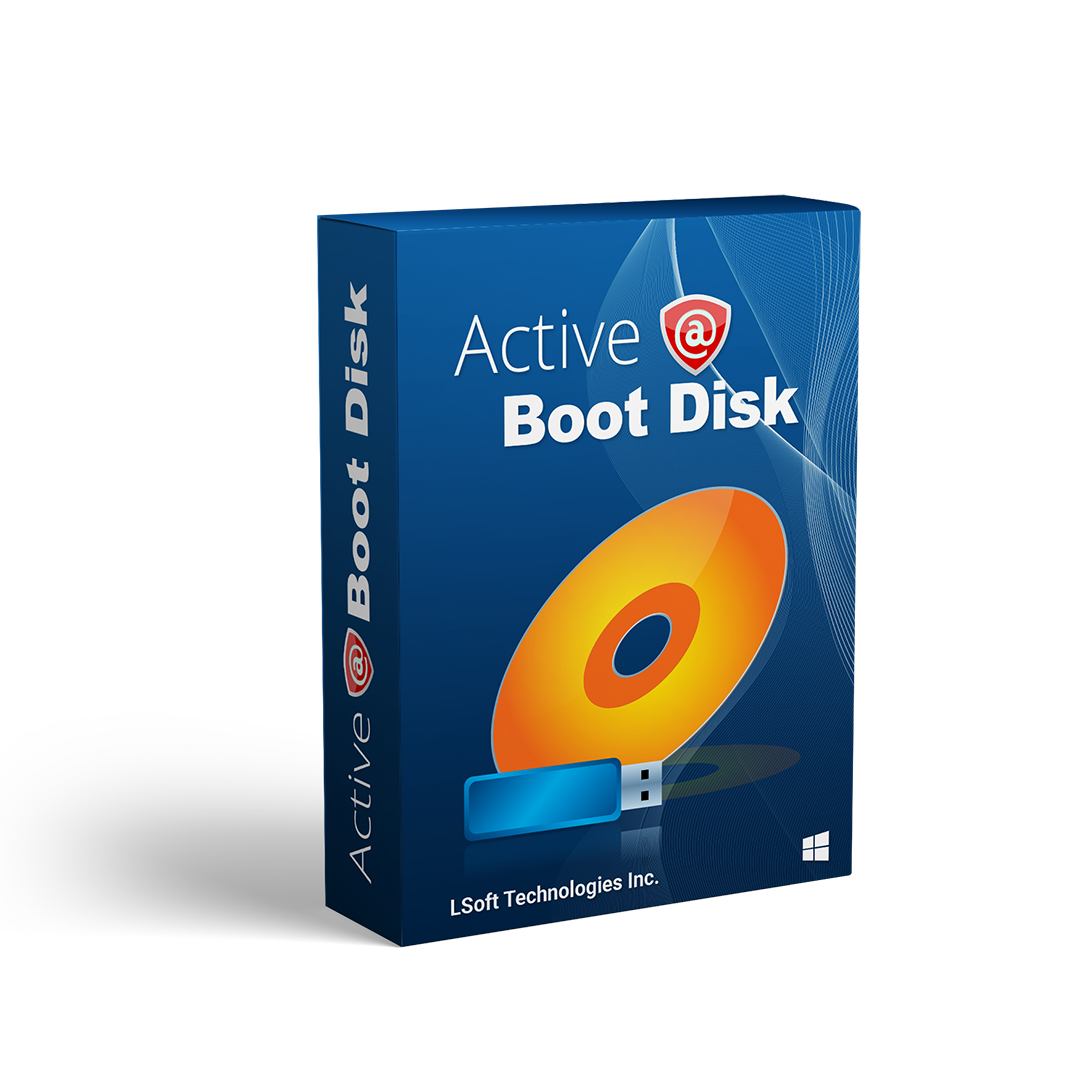APFS: Revolutionizing File Systems on MacOS
Introduction
Apple File System (APFS) marks a significant evolution in the file management systems employed by Apple across its range of devices. It was developed by Apple Inc. and introduced in 2017 as the successor to the company's previous file systems, HFS (Hierarchical File System) and HFS+ (HFS Extended).
Development and Inception of APFS
APFS was announced at Apple’s Worldwide Developers Conference (WWDC) in 2016 and became publicly available with the release of iOS 10.3 and macOS High Sierra in 2017. The system was designed to optimize experiences across Apple's product spectrum, including iPhones, iPads, Macs, Apple TVs, and Apple Watches. This universal approach aimed to address and improve upon the limitations associated with HFS and HFS+, which had increasingly shown their age, particularly in dealing with modern storage technologies like SSDs.
Comparative Analysis: APFS vs. HFS and HFS+
HFS: The Beginning
Introduced in 1985, Hierarchical File System (HFS) was Apple's initial attempt at creating a structured file management system for Macintosh computers. Before HFS, the Apple File System was not hierarchical, making file organization cumbersome. HFS utilized a catalog file that maintained a B-tree structure allowing better file organization and faster access. However, by the late 90s, HFS was becoming outdated due to its limitations in managing larger file sizes and supporting modern data requirements.
HFS+: Improved, Yet Insufficient
HFS+ was brought to life in 1998 to address some deficiencies of its predecessor, particularly regarding capacity and performance. It introduced several advancements, such as support for files larger than 2GB, improved Unicode support, and a greater number of allocation blocks per volume. Despite its enhancements, HFS+ still relied heavily on outdated architecture, including a single, inflexible metadata allocation and a lack of checksums for data integrity, leading to susceptibility to corruption over time.
APFS: A Leap Forward
Apple File System (APFS) was built from the ground up to take full advantage of the capabilities offered by modern storage technologies, such as flash and solid-state drives. One of the standout features of APFS is its focus on encryption, offering strong multi-key encryption to enhance security, a critical demand in today's privacy-focused world. APFS also supports features such as file system snapshots, which allow users to make a read-only copy of the state of their data at any given point in time, facilitating efficient backups and data recovery.
Moreover, APFS introduces copy-on-write for metadata, which minimizes the amount of space needed for file changes and reduces the risk of data loss. This file system also uses sparse-file support, allowing for more efficient use of disk space, and atomic safe-save operations to ensure that incomplete and corrupted files are less likely during power failures or crashes.
Active@ UNDELETE and APFS
Recovering lost or deleted files can be a significant concern for any file system user. Active@ UNDELETE rises to this challenge, offering robust data recovery options for a vast array of file systems, including APFS. Active@ UNDELETE effectively recovers various types of data, including partitions, files, and folders, regardless of the file format.
One of the noteworthy features of Active@ UNDELETE is its File Signature feature, which identifies and reconstructs lost files based on pre-defined file signatures, making it immensely flexible and capable of recovering disparate file types. There is an advantage to integrating Active@ UNDELETE into boot disks like Active@ LiveCD and Active@ Boot Disk. These tools grant users the ability to recover data without booting into a potentially compromised operating system, offering an invaluable safety net for emergency data recovery scenarios.
Conclusion
The introduction of APFS represents a significant milestone in the evolution of Apple's file systems. It addresses many of the challenges and limitations posed by its predecessors, HFS and HFS+. APFS enhances security, improves performance, and introduces modern data management features indispensable for today's technology landscape.
However, no file system is infallible, which is where tools like Active@ UNDELETE come into play. Thanks to state-of-the-art bootdisks like Active@ LiveCD and Active@ BootDisk, these tools provide sophisticated data recovery solutions across all file systems, including APFS. These tools ensure that users have a fallback option in case of data loss, thus offering peace of mind and securing invaluable data against unforeseen circumstances.
In conclusion, Apple continues to pioneer advancements in file management with APFS, ensuring their systems can match and exceed current technology demands while software solutions like Active@ UNDELETE, Active@ LiveCD, and Active@ BootDisk form an essential part of any comprehensive data management strategy, ensuring the safety and recovery of data, regardless of the file system in use.
Software used in the article:



